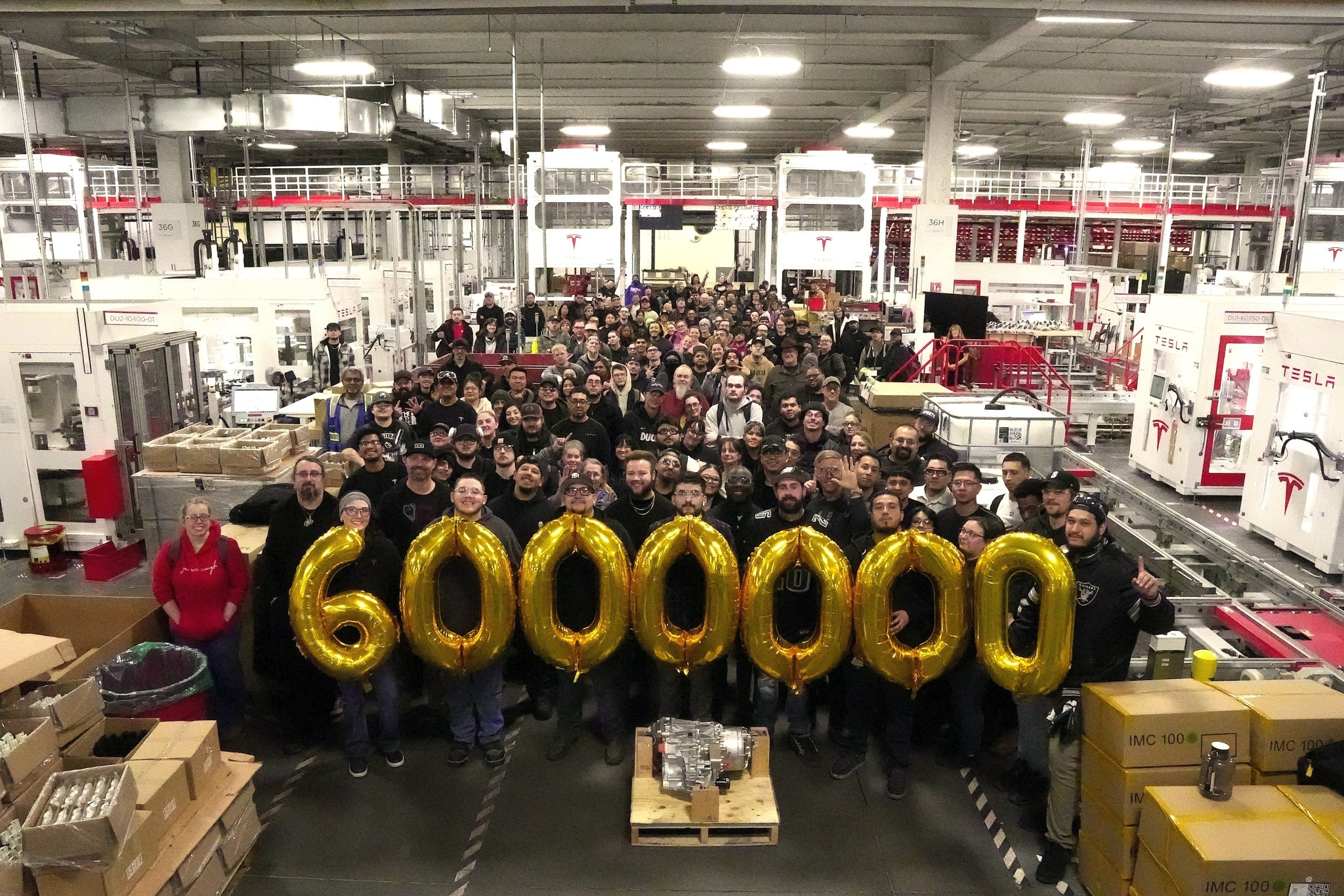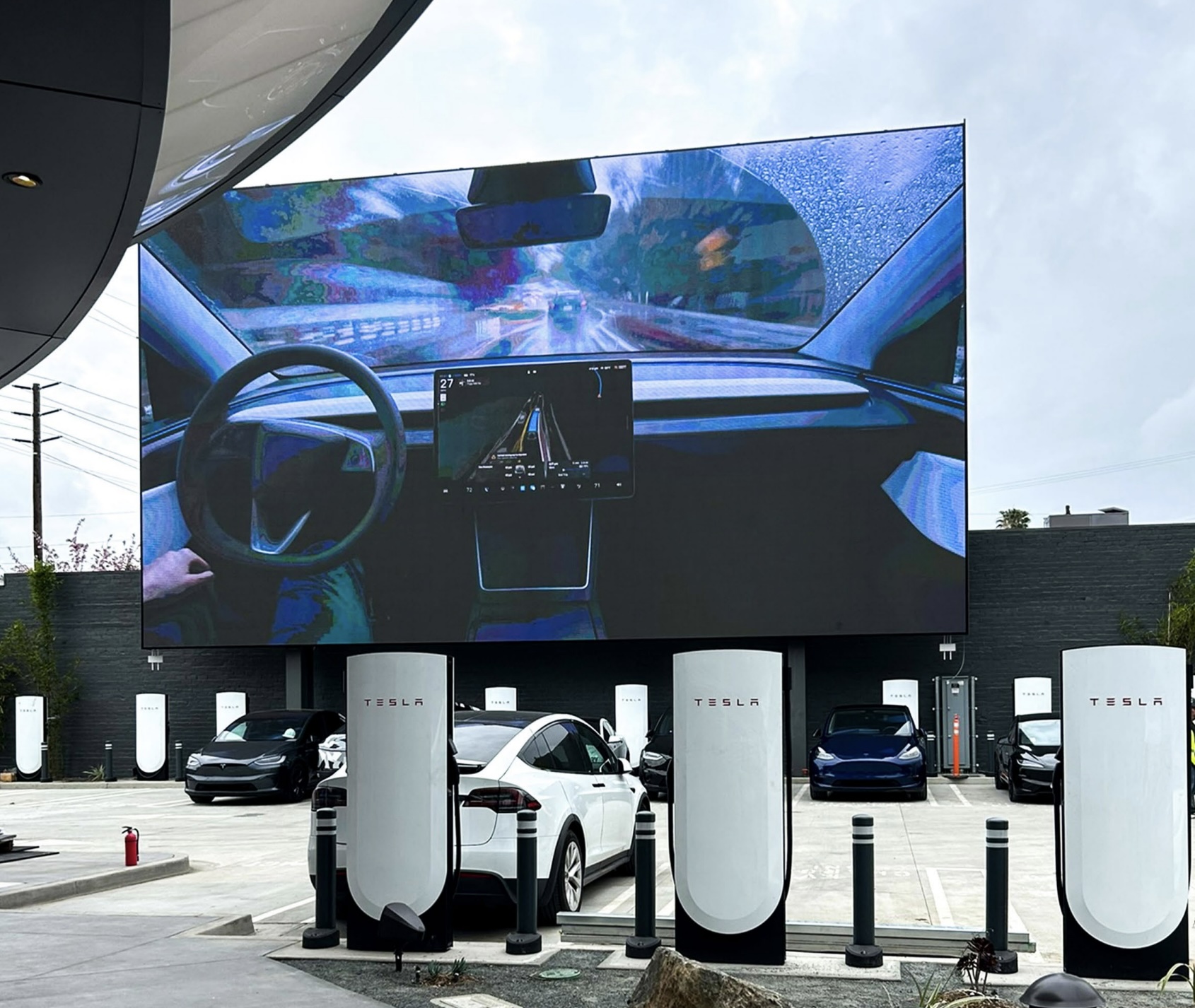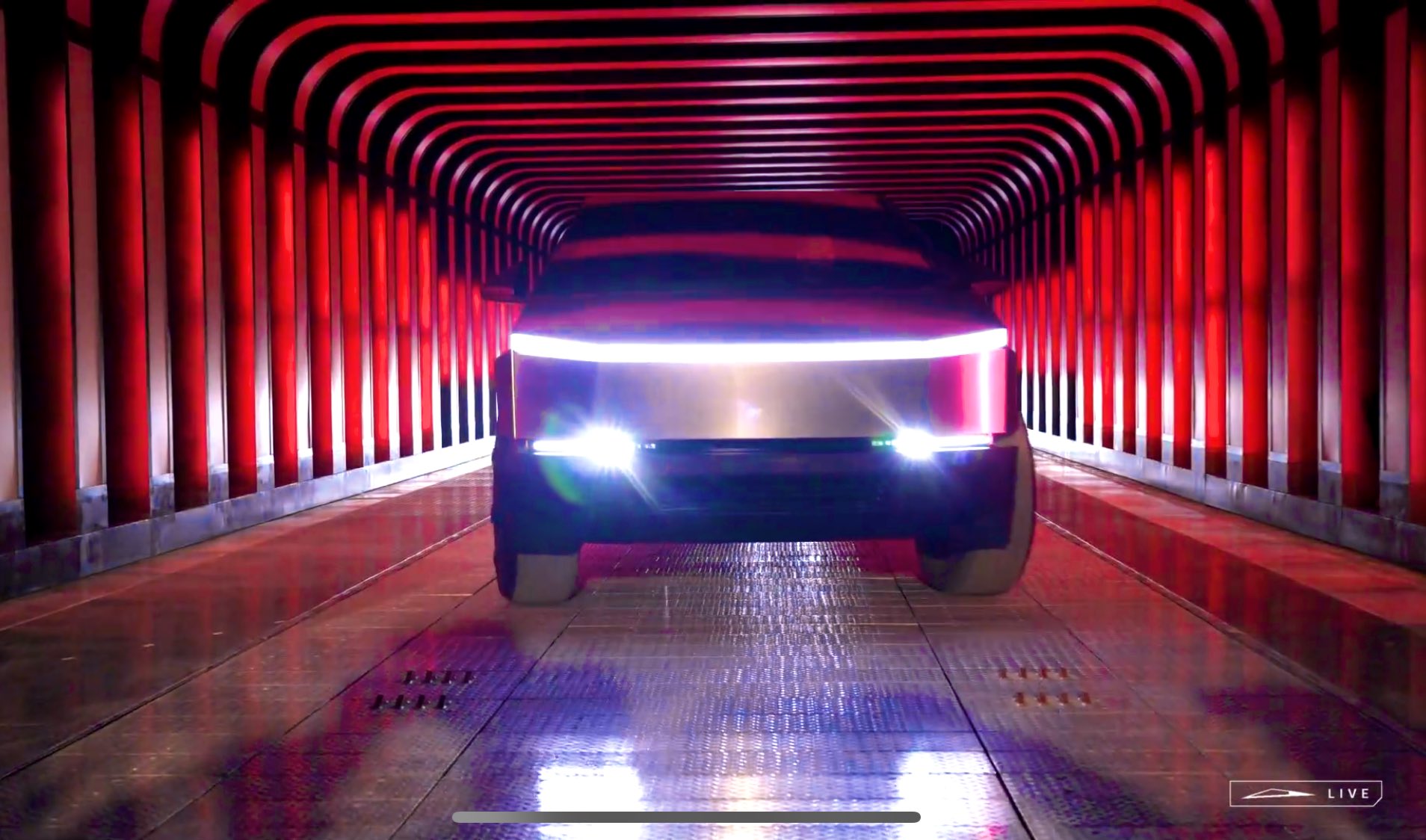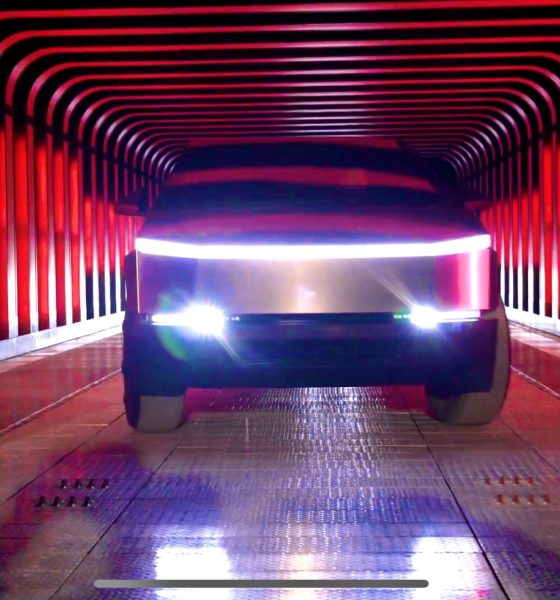The Tesla Cybertruck may be the electric vehicle maker’s most exciting product today, but it does not mean to say that the all-electric pickup truck will also be first in line when it comes to receiving the company’s Full Self-Driving (FSD) Beta updates. This was revealed by CEO Elon Musk in a recent post on X, the social media platform formerly known as Twitter.
Tesla has been running its FSD Beta program for over three years now, and since then, Full Self-Driving has made notable headways. Since the initiative was launched in October 2020, FSD Beta users have driven over 500 million miles using the advanced driver-assist system, as noted in Tesla’s Q3 2023 Update Letter. This number has likely grown even more in the fourth quarter.
With Cybertruck deliveries now ongoing, some longtime FSD Beta users have inquired when FSD Beta would be released for the steel pickup truck. The Cybertruck, after all, is equipped with the best tech that Tesla can offer today, from its steer-by-wire system to its Hardware 4 computer. For all intents and purposes, the Cybertruck seems to be a perfect fit for FSD Beta’s latest iterations.
Cybertruck is necessarily lowest priority for FSD, as there only a few hundred Cybertruck in the field compared to ~5 million other Teslas— Elon Musk (@elonmusk) December 30, 2023
Tesla CEO Elon Musk, however, explained that this is not necessarily the case. As per Musk, the Cybertruck is “necessarily lowest priority for FSD.” Such a statement may sound surprising considering all the hype surrounding the all-electric pickup, but Musk noted that this is due to the limited number of Cybertrucks that are currently on the road. “There only a few hundred Cybertruck in the field compared to ~5 million other Teslas,” Musk wrote.
While Musk’s update may seem quite disappointing, it is also understandable. The Cybertruck, after all, is a much larger vehicle compared to Tesla’s other electric cars. And while there will likely be a lot of transferred learning when FSD Beta is rolled out for the Cybertruck, fine-tuning of the system will be needed to adapt the advanced driver-assist system for the pickup truck.
Absolutely, but that fine tuning will require a good deal of data (miles driven on Cybertrucks) and of course training time, QA testing, beta rollouts, and on and on. So it's not trivial for them to do it.— DrKnowItAll (@DrKnowItAll16) December 31, 2023
As noted by UGA professor and Tesla YouTube host @DrKnowItAll16, the fine-tuning that will be involved for Cybertruck’s FSD Beta will require a lot of real-world data, training time, QA testing, and other critical processes. And as noted by Musk, there is really not that much Cybertruck real-world data for now, considering the limited number of vehicles on the road.
Don’t hesitate to contact us with news tips. Just send a message to simon@teslarati.com to give us a heads up.

Elon Musk
Starlink achieves major milestones in 2025 progress report
Starlink wrapped up 2025 with impressive growth, adding more than 4.6 million new active customers and expanding service to 35 additional countries, territories, and markets.

Starlink wrapped up 2025 with impressive growth, adding more than 4.6 million new active customers and expanding service to 35 additional countries, territories, and markets. The company also completed deployment of its first-generation Direct to Cell constellation, launching over 650 satellites in just 18 months to enable cellular connectivity.
SpaceX highlighted Starlink’s impressive 2025 progress in an extensive report.
Key achievements from Starlink’s 2025 Progress
Starlink connected over 4.6 million new customers with high-speed internet while bringing service to 35 more regions worldwide in 2025. Starlink is now connecting 9.2 million people worldwide. The service achieved this just weeks after hitting its 8 million customer milestone.
Starlink is now available in 155 markets, including areas that are unreachable by traditional ISPs. As per SpaceX, Starlink has also provided over 21 million airline passengers and 20 million cruise passengers with reliable high-speed internet connectivity during their travels.
Starlink Direct to Cell
Starlink’s Direct to Cell constellation, more than 650 satellites strong, has already connected over 12 million people at least once, marking a breakthrough in global mobile coverage.
Starlink Direct to Cell is currently rolled out to 22 countries and 6 continents, with over 6 million monthly customers. Starlink Direct to Cell also has 27 MNO partners to date.
“This year, SpaceX completed deployment of the first generation of the Starlink Direct to Cell constellation, with more than 650 satellites launched to low-Earth orbit in just 18 months. Starlink Direct to Cell has connected more than 12 million people, and counting, at least once, providing life-saving connectivity when people need it most,” SpaceX wrote.
News
Tesla Giga Nevada celebrates production of 6 millionth drive unit
To celebrate the milestone, the Giga Nevada team gathered for a celebratory group photo.

Tesla’s Giga Nevada has reached an impressive milestone, producing its 6 millionth drive unit as 2925 came to a close.
To celebrate the milestone, the Giga Nevada team gathered for a celebratory group photo.
6 million drive units
The achievement was shared by the official Tesla Manufacturing account on social media platform X. “Congratulations to the Giga Nevada team for producing their 6 millionth Drive Unit!” Tesla wrote.
The photo showed numerous factory workers assembled on the production floor, proudly holding golden balloons that spelled out “6000000″ in front of drive unit assembly stations. Elon Musk gave credit to the Giga Nevada team, writing, “Congrats on 6M drive units!” in a post on X.
Giga Nevada’s essential role
Giga Nevada produces drive units, battery packs, and energy products. The facility has been a cornerstone of Tesla’s scaling since opening, and it was the crucial facility that ultimately enabled Tesla to ramp the Model 3 and Model Y. Even today, it serves as Tesla’s core hub for battery and drivetrain components for vehicles that are produced in the United States.
Giga Nevada is expected to support Tesla’s ambitious 2026 targets, including the launch of vehicles like the Tesla Semi and the Cybercab. Tesla will have a very busy 2026, and based on Giga Nevada’s activities so far, it appears that the facility will be equally busy as well.
News
Tesla Supercharger network delivers record 6.7 TWh in 2025
The network now exceeds 75,000 stalls globally, and it supports even non-Tesla vehicles across several key markets.

Tesla’s Supercharger Network had its biggest year ever in 2025, delivering a record 6.7 TWh of electricity to vehicles worldwide.
To celebrate its busy year, the official @TeslaCharging account shared an infographic showing the Supercharger Network’s growth from near-zero in 2012 to this year’s impressive milestone.
Record 6.7 TWh delivered in 2025
The bar chart shows steady Supercharger energy delivery increases since 2012. Based on the graphic, the Supercharger Network started small in the mid-2010s and accelerated sharply after 2019, when the Model 3 was going mainstream.
Each year from 2020 onward showed significantly more energy delivery, with 2025’s four quarters combining for the highest total yet at 6.7 TWh.
This energy powered millions of charging sessions across Tesla’s growing fleet of vehicles worldwide. The network now exceeds 75,000 stalls globally, and it supports even non-Tesla vehicles across several key markets. This makes the Supercharger Network loved not just by Tesla owners but EV drivers as a whole.
Resilience after Supercharger team changes
2025’s record energy delivery comes despite earlier 2024 layoffs on the Supercharger team, which sparked concerns about the system’s expansion pace. Max de Zegher, Tesla Director of Charging North America, also highlighted that “Outside China, Superchargers delivered more energy than all other fast chargers combined.”
Longtime Tesla owner and FSD tester Whole Mars Catalog noted the achievement as proof of continued momentum post-layoffs. At the time of the Supercharger team’s layoffs in 2024, numerous critics were claiming that Elon Musk was halting the network’s expansion altogether, and that the team only remained because the adults in the room convinced the juvenile CEO to relent.
Such a scenario, at least based on the graphic posted by the Tesla Charging team on X, seems highly implausible.










